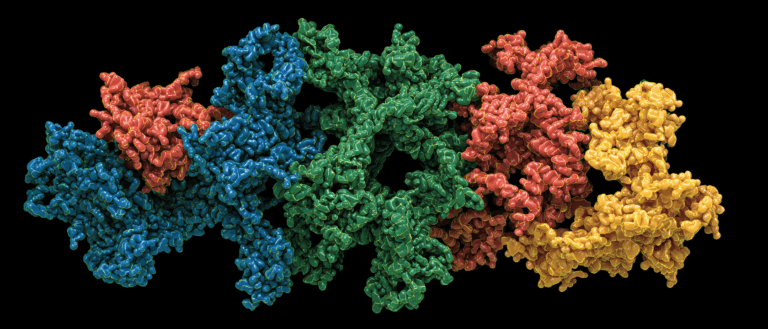Review of 2018: 6 Most Popular Open Source Machine Learning Projects

By Super Neuro
In 2018, artificial intelligence and machine learning have flourished. Machine learning has been used in healthcare, finance, speech recognition, augmented reality and other fields. This article reviews the six most practical machine learning projects of the past year. Their GitHub addresses will be attached for your reference.
fastai

GitHub address:https://github.com/fastai/fastai
This is a free open source Pytorch library released by Fast.ai. It was originally created for students in the Fast.ai course and was officially released to the public in October 2018.
Its core is to use efficient methods to train fast and accurate neural networks. It currently provides a consistent API for important deep learning applications and data types.

In addition to being highly efficient, it is also quite user-friendly in terms of simplicity and ease of use, as it was designed with practitioners' program construction ideas in mind.
Detetron

GitHub address:https://github.com/facebookresearch/Detectron
Detectron is a result of Facebook AI, built on Python and Caffe2, and officially open sourced in January 2018. It is a platform for object detection and instance segmentation research, with a variety of target detection algorithms, including:
1) Mask R-CNN: Uses the Faster R-CNN structure to achieve object detection and instance segmentation.
2) RetinaNet: A network based on a functional pyramid that uses a unique Focal Loss to handle the problem.
3) Faster R-CNN: The most common target detection network structure.
The convolutional network architectures mainly used by these target detection networks are:
- ResNeXt {50, 101, 152}
- RESNET {50, 101, 152}
- Feature Pyramid Networks (with ResNet/ResNeXt)
- VGG16
In addition, Detectron includes baseline results and trained models for these algorithms and architectures, and has good support for the COCO dataset.
FastText

GitHub address:https://github.com/facebookresearch/fastText
It is also a library from Facebook AI and was open sourced in 2016. The FastText library is a platform designed for text representation and classification.
It supports multiple languages and comes with word vector models trained in over 150 languages. These word vectors are used for a variety of purposes, including text classification, summarization, and translation.
In addition, compared to deep models, fastText can shorten the training time from several days to a few seconds.
AutoKeras

GitHub address: https://github.com/jhfjhfj1/autokeras
Auto-Keras is an open source software library for automated machine learning (AutoML). It was developed by the DATA Lab at Texas A&M University and community contributors using the Efficient Neural Architecture Search (ENAS) approach.

The ultimate goal of AutoML is to provide barrier-free access tools so that people without data science or machine learning background can easily access and use ML. Auto-Keras has taken a step forward in this regard, providing the ability to automatically search for deep learning models and hyperparameters.
Dopamine

GitHub address:https://github.com/google/dopamine
Dopamine is a product developed by Google based on TensorFlow. It is a research framework for rapid prototyping of reinforcement learning algorithms. It is flexible and easy to use, and can implement standard RL algorithms, indicators and benchmarks.
According to the Dopamine documentation, the design principles are:
- Easy to use: Helping new users run benchmark experiments
- Flexible development: Encourage new users to create new ideas
- Compact and reliable: providing guarantees for new popular algorithms
- Repeatability: Ensure repeatable results
vid2vid
The Vid2vid project is a research effort from Nvidia that focuses on the problem of video-to-video synthesis. The goal of the Vid2vid algorithm is to learn a mapping function from an input source video to an output photo-realistic video. The final output video accurately depicts the content of the source video.

GitHub address:https://github.com/NVIDIA/vid2vid
The advantage of this library is that it provides several different vid2vid applications, including autonomous driving/urban scenes, faces, and human poses. It also comes with rich instructions and functions, including dataset loading, task evaluation, training functions, and multi-GPU.








